
Narita Omotesando
A charming Edo-period street near Narita Airport, offering traditional shops, delicious food, and a historic temple.
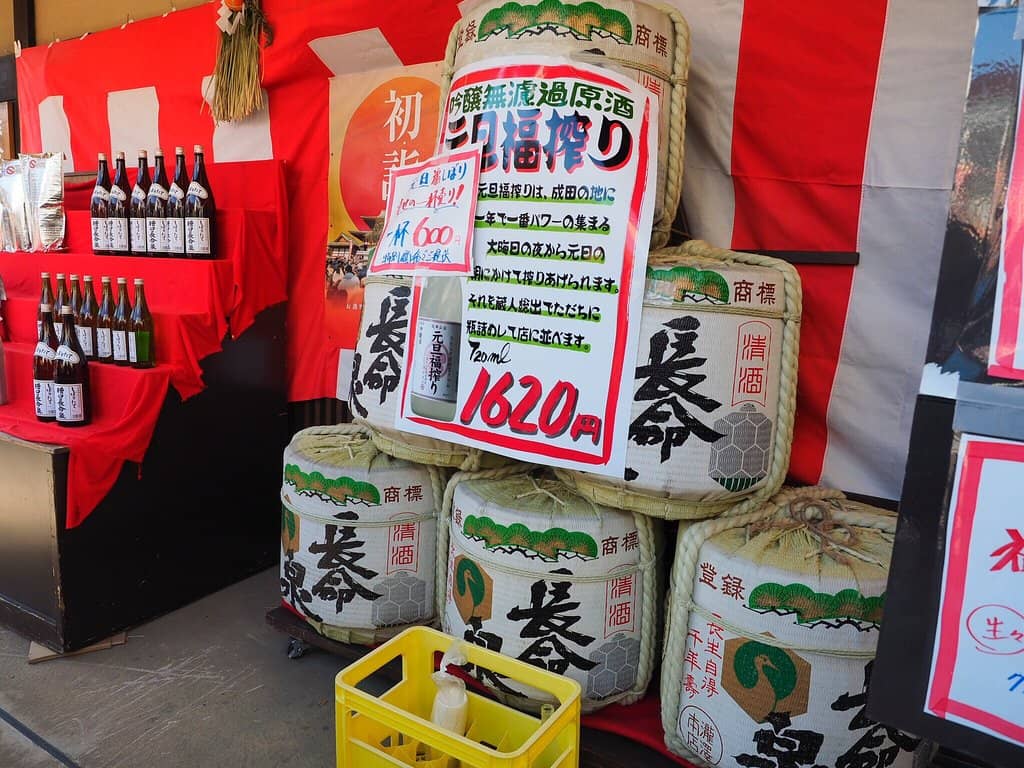
Highlights
Must-see attractions
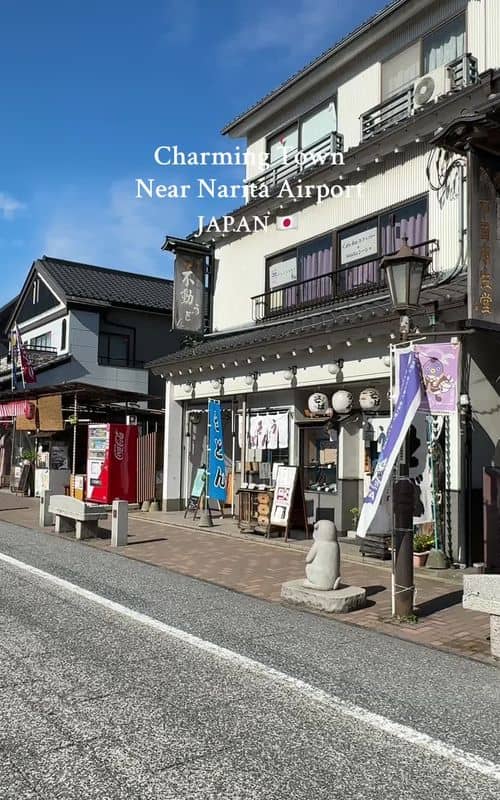
Social
From TikTok & Reddit
Best Time
Fewer crowds, more relaxed vibe

Narita Omotesando
Best Time
Fewer crowds, more relaxed vibe

Highlights
Must-see attractions
A charming Edo-period street near Narita Airport, offering traditional shops, delicious food, and a historic temple.
"A must-visit for an authentic Japanese experience, just a short trip from Narita Airport!"
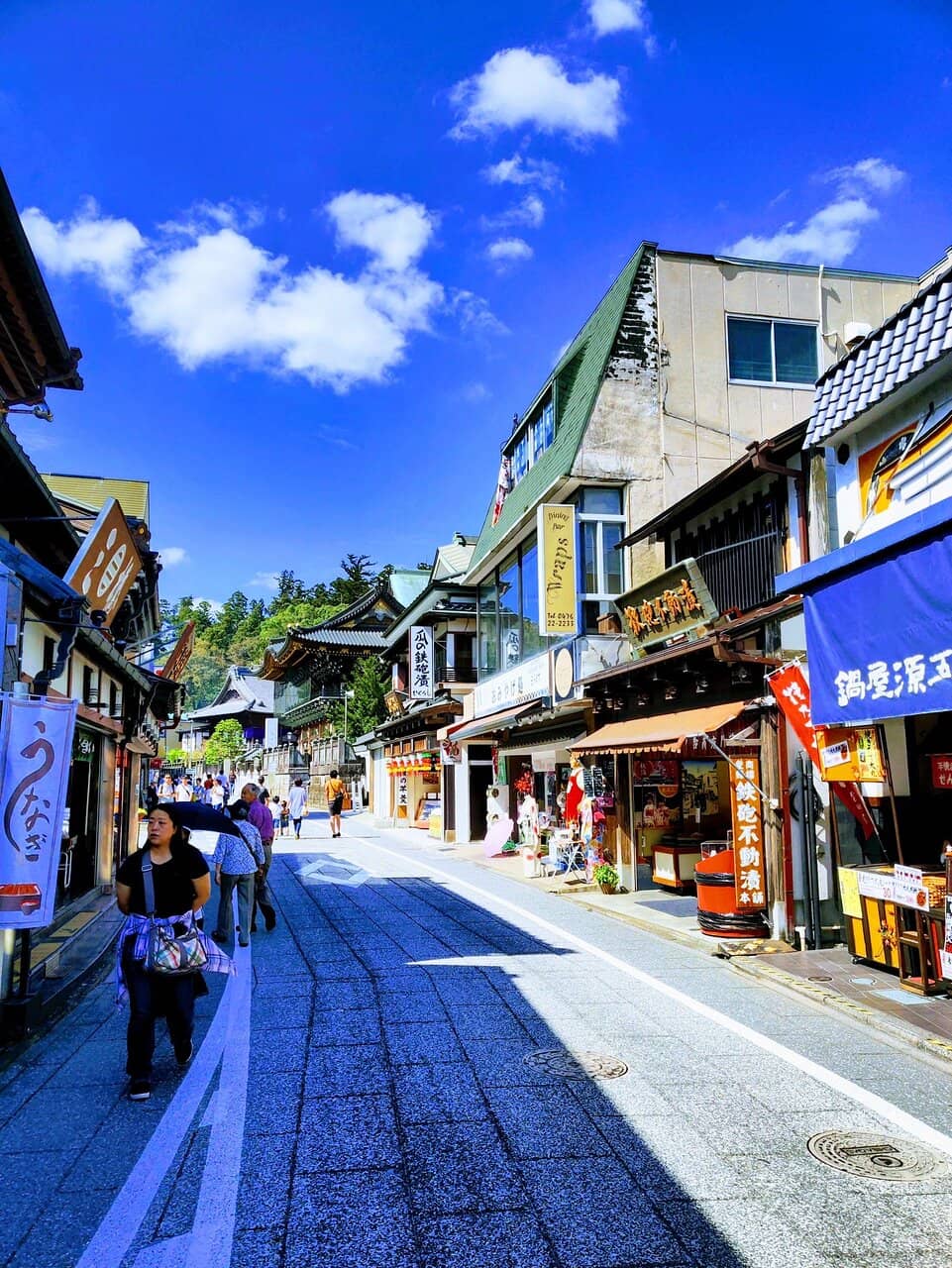
✈️ Airport Proximity
Just 15 mins from NRT airport! Perfect for layovers or last-minute souvenir shopping .
🍜 Taste Local Delicacies
Don't miss unagi (eel) and street food like Ama-toro-yaki .
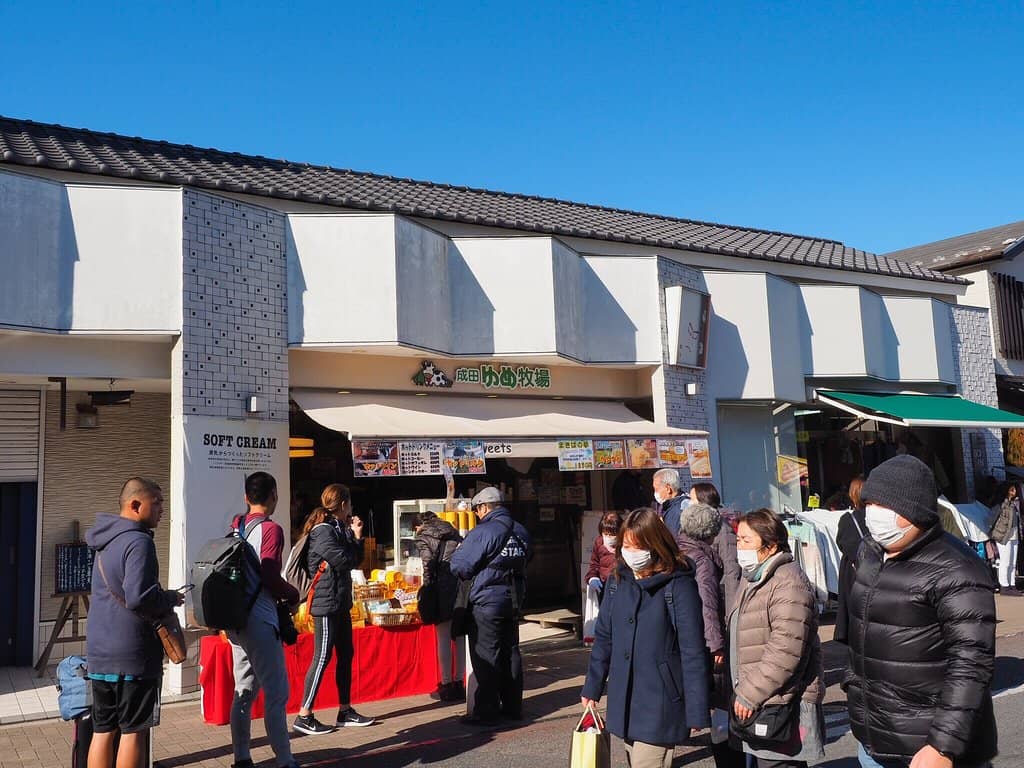
Highlights
Discover the most iconic attractions and experiences
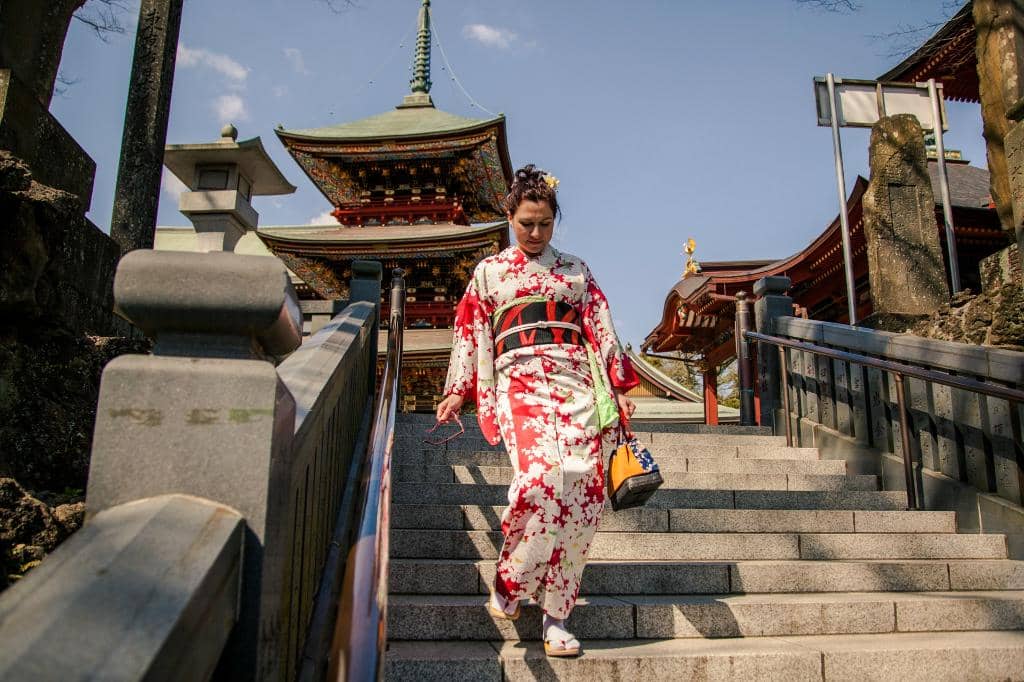
Naritasan Shinshoji Temple
End of Omotesando Street
A historic 10th-century temple offering a serene escape and a glimpse into Japan's spiritual heritage. Free to enter!
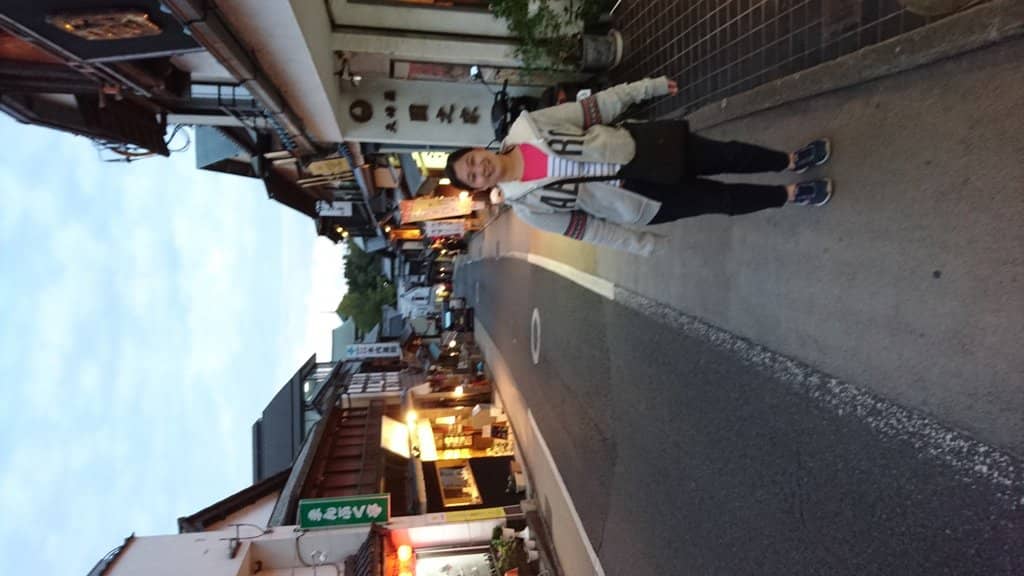
Omotesando Street
Narita Station to Naritasan Shinshoji Temple
A vibrant 1km stretch lined with traditional shops, eateries, and souvenir stores, brimming with Edo-era charm.
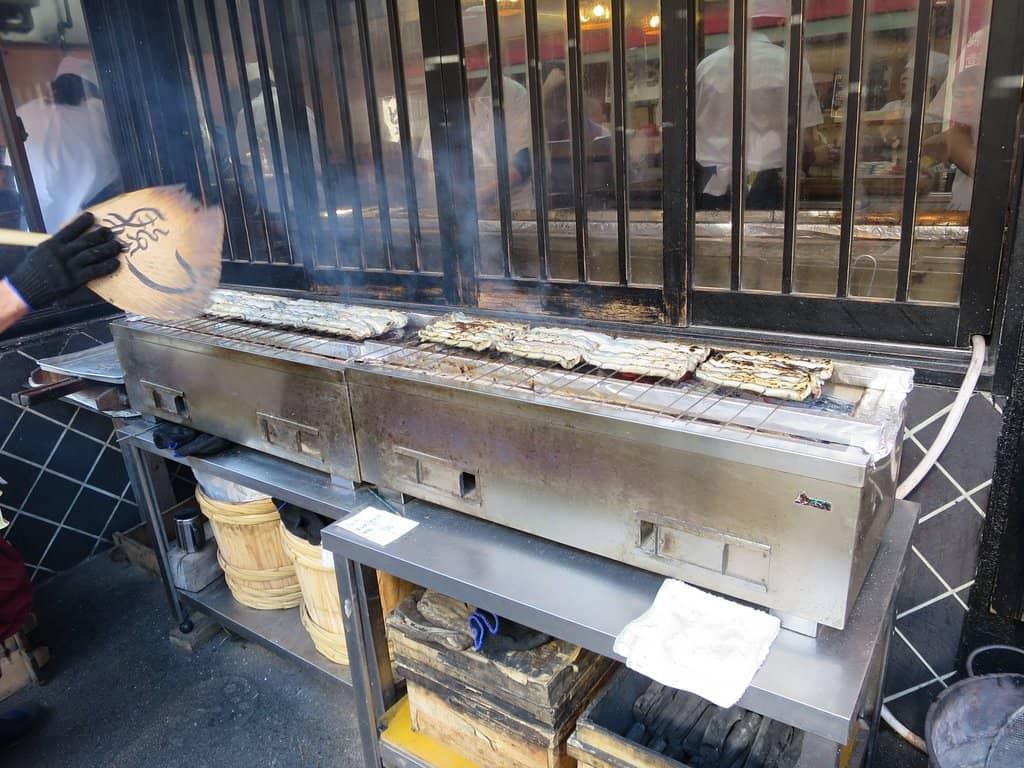
Kawatoyo Eel Restaurant
Omotesando Street
Savor authentic grilled unagi (eel) in a historic setting, a culinary highlight for many visitors.
Plans like a pro.
Thinks like you
Planning Your Visit
Proximity to Narita Airport
Edo Period Charm
Best Times
Insider Tips
from TikTok, Instagram & Reddit
✈️ Airport Proximity
Just 15 mins from NRT airport! Perfect for layovers or last-minute souvenir shopping.
🍜 Taste Local Delicacies
Don't miss unagi (eel) and street food like Ama-toro-yaki.
🛍️ Souvenir Hunting
Find unique crafts, local sake, and vintage fashion.
🚶♀️ Stroll the Street
Enjoy the Edo-period atmosphere and historic buildings.
Tips
from all over the internet
✈️ Airport Proximity
Just 15 mins from NRT airport! Perfect for layovers or last-minute souvenir shopping.
🍜 Taste Local Delicacies
Don't miss unagi (eel) and street food like Ama-toro-yaki.
🛍️ Souvenir Hunting
Find unique crafts, local sake, and vintage fashion.
🚶♀️ Stroll the Street
Enjoy the Edo-period atmosphere and historic buildings.
⏰ Check Shop Hours
Some shops close early, especially on Wednesdays/Thursdays.
What Travellers Say
Reviews Summary
Visitors rave about Narita Omotesando's charm, its convenient proximity to the airport, and its authentic Edo-period atmosphere. The blend of traditional shops, delicious food like unagi, and the serene temple makes it a highly recommended stop for those with layovers or late flights.
"Stepping Back in Time on Naritasan Omotesando
We decided to explore Narita town upon arrival at Narita Airport on 30 July 2025, before heading to our rented apartments in Machiya, Central Tokyo. It turned out to be a perfect choice — a gentle immersion into Japan’s history and culture before the buzz of the capital.
We took this street unintentionally when walking towards Naritasan Shinshoji from the station, and it felt like stumbling into a living postcard from another era.
Naritasan Omotesando stretched out ahead — an 800-meter slope lined with Edo- and Meiji-era wooden shopfronts, each with its own story. Here, time seemed to slow.
Shop signs were hand-painted, noren curtains swayed in the breeze, and the air carried a faint scent of soy glaze and grilled eel.
Narita’s fame for unagi dates back centuries, and we saw it in action — chefs deftly cleaning live eels right at the storefront, just as they have done for pilgrims visiting Naritasan Shinshoji Temple since the Edo period. Watching it felt like witnessing a craft handed down unchanged through generations.
The street itself was once the main pilgrimage route to the temple, and the sense of purpose lingers. Inns, teahouses, and sweet shops once catered to travelers on foot; today, they welcome visitors from around the world while preserving the same warmth and rhythm. The architecture tells its own story — dark timber, tiled roofs, and sliding windows that have looked out on hundreds of years of footsteps.
Every few steps offered a glimpse into another era: a traditional sweets shop selling monaka wafers filled with sweet bean paste, a lantern-lit alley leading to a hidden garden, an old merchant’s house repurposed as a crafts store. It was history you could touch, smell, and taste.
By the time we reached the temple gates, the modern world felt far away. Naritasan Omotesando wasn’t just a walk — it was a journey through Japan’s cultural memory, one that made our first hours in the country unforgettable."
Azmi Mahamad
"Visited in Nov 2023. We arrived on an early flight via Narita Airport, stored our luggage there & took a short train ride to Narita City. The vibe of this street, from JR Narita to Naritasan Temple, is very much like a less congested version of Nannenzaka slope to Kiyomizu-dera in Kyoto. Except it slopes downwards to the temple. There are shops, restaurants & cafes on both sides of the street. This town is famous for unagi but there are also many shops selling snacks & pastries. Keep an eye out for the charming animal statues along the entire length of this street. Be aware the road is open to vehicles. There are some kimono rental shops, allowing for a quick few hours of photoshoots against the background of traditional buildings & the main temple itself."
Kum Yew Wong
"Walking along Naritasan Omotesando was a delightful lead-up to the majestic Naritasan Temple. The street itself is lined with charming traditional shops and eateries, but the real highlight was reaching the temple’s grand main gate."
daddydrives
What People Like
What People Dislike
Frequently Asked Questions
🚇 🗺️ Getting There
Narita Omotesando is easily accessible via the Keisei Line or JR Narita Line from Narita Airport. It's just a short 15-minute train ride. From Narita Station, the street is about a 5-minute walk.
While not in Tokyo itself, Narita Omotesando is conveniently located near Narita Airport, which is about an hour from central Tokyo by train. It's a great option if you have a layover or a late flight from Narita.
No, you'll need to take a short train ride from Narita Airport to Narita Station. From the station, Omotesando Street is a pleasant 5-minute walk.
Narita Omotesando is a walkable street, approximately 1 km long. You can easily explore it on foot to visit the temple, shops, and restaurants.
Yes, taxis are available from Narita Airport. However, the train is generally more cost-effective and efficient for reaching Narita Station, the gateway to Omotesando Street.
🎫 🎫 Tickets & Entry
No, Narita Omotesando street itself is a public area and free to explore. Entry to Naritasan Shinshoji Temple is also free.
The street is always accessible, but individual shop and restaurant hours vary. Many shops are open from around 9 AM to 5 PM or 6 PM, with some restaurants staying open later.
Naritasan Shinshoji Temple is free to enter, allowing visitors to explore its grounds and main halls without charge.
Most shops on Omotesando Street typically close around 5 PM or 6 PM. Some restaurants may remain open later, especially on weekends.
If you have a very early flight, you might be able to visit in the late afternoon or early evening before your departure. However, check the closing times of shops and restaurants beforehand.
🍽️ 🛍️ Shopping & Dining
You can find a variety of souvenirs, including traditional Japanese crafts, bamboo handicrafts, local sake, and even vintage fashion items.
The most famous local delicacy is unagi (grilled eel) from restaurants like Kawatoyo. You can also find street food like Ama-toro-yaki and enjoy matcha-flavored treats.
Yes, Omotesando Street offers numerous restaurants, with Kawatoyo being a highly recommended spot for eel dishes. Many eateries offer a taste of local cuisine.
While many restaurants specialize in eel and other meat/fish dishes, you might find some options like mochi or vegetable-based street snacks. It's advisable to check with individual establishments.
Yes, you can find vintage boutiques selling designer items, shops specializing in local crafts, and stores offering traditional Japanese goods.
📸 📸 Photography
Capture the charming Edo-period architecture, the vibrant street scenes, and the impressive Naritasan Shinshoji Temple. The lanterns at dusk also create a beautiful atmosphere.
Absolutely! The traditional buildings, local vendors, and the flow of people make it a fantastic location for street photography.
Photography is generally allowed in the temple grounds, but it's always good practice to be respectful and check for any specific signage regarding photo restrictions within certain areas of the temple.
Daylight offers clear views of the architecture and street life. For a more atmospheric shot, consider visiting in the early evening when lanterns begin to light up the street.
The main gate of Naritasan Shinshoji Temple, the long stretch of Omotesando Street with its traditional storefronts, and the large stone lanterns are all excellent photo opportunities.
For Different Travelers
Tailored advice for your travel style
👨👩👧 Families with Kids
✈️ Travelers with Layovers
📸 Photography Enthusiasts
Deep Dives
In-depth insights and expert knowledge
A Taste of Tradition: Culinary Delights
For those with limited time before a flight, Omotesando offers a convenient way to sample Japanese cuisine. You can grab quick bites from street vendors or enjoy a sit-down meal at one of the many restaurants lining the street. It's a culinary journey that complements the historical ambiance of the area, providing a memorable gastronomic experience before you depart.
Shopping for Authentic Japanese Goods
Many of the shops are family-run, passed down through generations, offering a personal touch and a glimpse into local craftsmanship. Whether you're looking for a small trinket or a more substantial piece, the variety ensures there's something for everyone. It's an excellent place to pick up last-minute gifts or mementos of your trip to Japan.
The Spiritual Heart: Naritasan Shinshoji Temple
The temple grounds are beautifully maintained and provide a stark contrast to the commercial activity of the street. It's a place where you can experience a moment of tranquility and connect with Japan's rich cultural and religious heritage. The temple's presence is a key reason for the development of Omotesando as a temple town, making it an integral part of the visitor experience.





Social
from TikTok, Instagram & Reddit